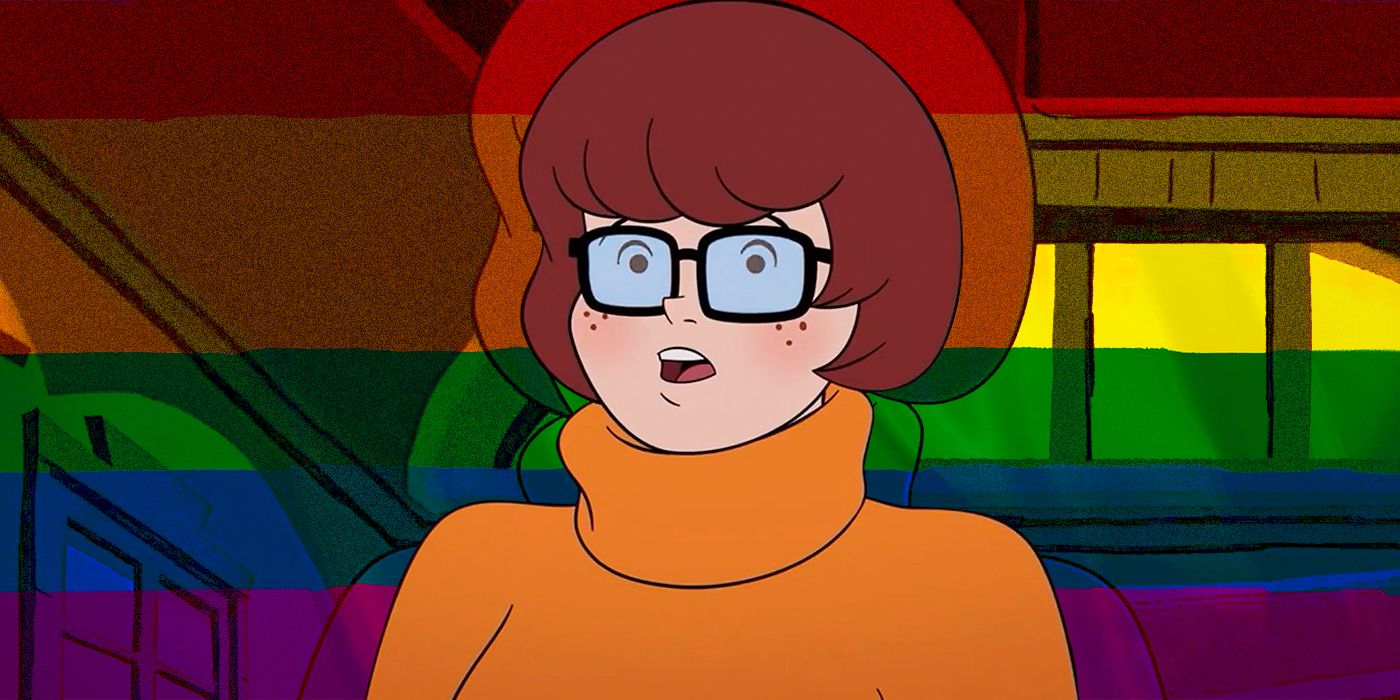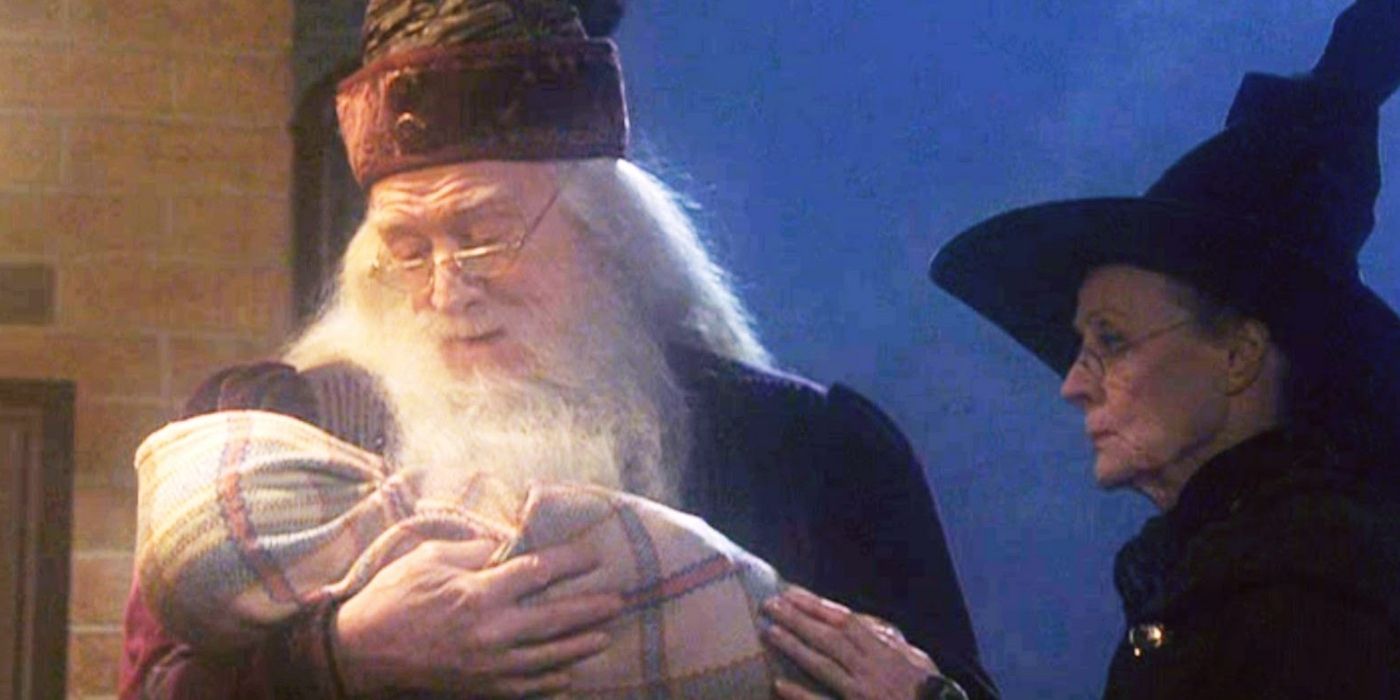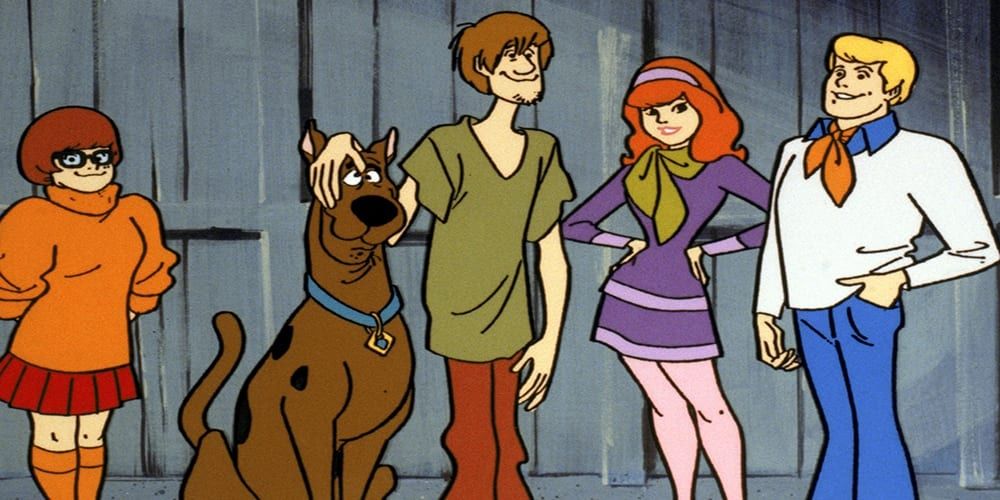In a new promotional clip for Trick or Treat, Scooby-Doo grants the wishes of countless fans to make Velma a canonically queer character. Velma -- like Peppermint Patty and Snagglepuss before her -- is a classic cartoon character that, intentionally or not, spoke to LGBTQIA fans. While some audience members offer both good and bad faith complaints about this, making a character like Scooby-Doo's Velma gay (or bisexual) is a way to increase representation, which can be a good thing.
Given the long history of oppression the LGBTQIA community has faced in America and in other nations, today's trend towards representation is an important one. Not only do kids get to see characters and old heroes who reflect their lived experiences become pop culture icons, but other kids are also exposed to that culture in ways that create positive feelings about it. Bigotry and prejudice are learned behaviors, and genre stories have always tried to inoculate their audiences from that particular sickness. This has been due to past attitudes about queerness, among the multitudes of decades-old characters in the biggest franchises where there is scant representation.
Velma Being Queer Is Not Like Dumbledore - In a Crucial Way
While creating new characters and stories that embrace inclusivity is part of the solution, it would take at least another 53 years for any new character to have the kind of cultural ubiquity as Velma. This is because the Scooby Gang has the advantage of having debuted at a time when there weren't as many TV channels. As such, making characters LGBTQIA that fans already identify with canonically queer gives kids a kind of institutional history of representation that they didn't really have before.
The canonicity of the Scooby-Dooniverse is multi-faceted, existing more like a multiverse than a continuing saga. Still, for kids who identify with Velma due to her queer status, encountering a version of the character who doesn't appear to be queer will still have a much easier time processing that than older fans. In cases where the cartoon strikes them as "super old," kids will either assume she merely hasn't come out yet or will simply clock her as bisexual, pansexual, demisexual or any other identity under the cartoon sun. Neither case limits the character's ability to be representative, but it does allow some to identify with her more directly or draw a parallel from her experience to theirs. While kids are more aware of subtext than they are given credit for, there is, however, still a worse way to do this. One prime example is the character of Dumbledore in the Harry Potter franchise.
After the books and films were completed for the series, author JK Rowling wanted to create interest in her subscription site Pottermore. She then released little tidbits about the characters, from the infamous wizards vanishing their waste tweet to revealing that Albus Dumbledore was, allegedly, always conceived as a gay man. Despite this, there is barely any subtext to be found in the actual books outside of explaining why Dumbledore was conflicted about taking down the Wizarding World's Hitler. The Fantastic Beast movies had a chance to rectify this, but apparently followed the author's example of burying the subtext so deep, anything fans find there is effectively their own fanfiction.
Modern Characters Struggle Against Iconic Franchises Like Scooby-Doo
For Velma's coming out to matter, Scooby Doo storytellers need to make it a part of her character in stories moving forward. If it becomes as integral to her character as her glasses or saying "jinkies," it will be easier for kids to have their own interpretations of Velma's past stories. After all, creating versions of characters who tick different demographic boxes is not the only way to give kids (and adults) good representation in comics, TV and movies. This isn't to say, however, that creating new characters has no value, as they're still important for any franchise to survive and give fans something to celebrate.
One excellent example of the former is the casting of Nicole Maines as Dreamer, the first transgender superhero in The CW's Supergirl. Now that the series has concluded, Maines has helped bring the character to DC Comics proper. In 10 years or so, there will be adults who grew up with Dreamer who will then pass on the character to their kids and friends, just as fans have done with Batman, Spider-Man or Wonder Woman for years. Of course, in today's media landscape no franchise ever willingly ends. Dreamer can fight next to Supergirl for the next 100 years, but Supergirl will always have 60 years on her and 10 on Velma.
While there will sometimes be a breakout success like Miles Morales as Spider-Man against the iconic Peter Parker, characters like Superman or the Doctor from Doctor Who will never have an equal. Given that there are already multiple versions of them, it's not a bad idea to mix up LGBTQIA representation. Whether it's a one-off or a permanent change, making Velma queer in Scooby Doo addresses the lack of representation in iconic franchises.
Trick or Treat, Scooby Doo is available to own on digital and physical media copies go on sale October 18, 2022.



